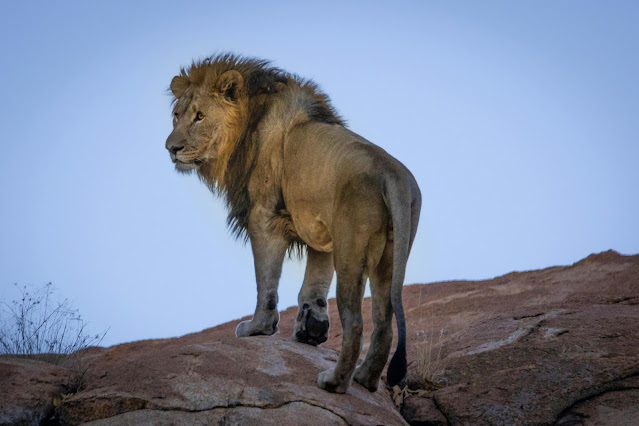Presentation
Monkeys are among the most captivating animals in the set of all animals, known for their knowledge, spryness, and social designs. They have a place with the primate request, which likewise incorporates chimps and people. Monkeys are found in different living spaces around the world, from tropical rainforests to rugged districts. This article investigates all parts of monkeys, including their scientific classification, actual qualities, conduct, environment, diet, propagation, dangers, and protection endeavors.
Scientific categorization and Arrangement
Monkeys are characterized into two essential gatherings:
New World Monkeys (Platyrrhines):
Found in South and Focal America, these monkeys have level noses and prehensile tails that assist them with getting a handle on items and swing from trees. Models incorporate capuchins, howler monkeys, and insect monkeys.
Old World Monkeys (Catarrhines):
Local to Africa and Asia, they have descending confronting nostrils and don't have prehensile tails. Models incorporate primates, macaques, and colobus monkeys.
Actual Attributes
Monkeys show many actual elements in view of their species and climate. A few normal qualities include:
Size:
Going from the small dwarf marmoset (around 12-15 cm) to the huge mandrill (up to 90 cm).
Fur and Tinge:
Monkeys have fur covering their bodies, which differs in variety, including brown, dim, dark, and brilliant shades.
Appendages and Tail:
They have adaptable appendages for climbing and hopping. New World monkeys frequently have prehensile tails, while Old World monkeys have more limited, non-getting a handle on tails or no tails by any means.
Conduct and Social Construction
Monkeys are exceptionally friendly creatures, living in bunches called troops. Their conduct changes generally among species, yet a few normal characteristics include:
Correspondence:
Monkeys use vocalizations, looks, and body stances to convey. A few animal types have complex calls for various circumstances, like admonition signals for hunters.
Knowledge and Device Use:
Many monkeys show critical thinking abilities and even use instruments. For instance, capuchin monkeys use stones to separate open nuts.
Progressive system and Initiative:
Most monkey bunches have a social ordered progression, with predominant guys or females driving the troop.
Natural surroundings and Circulation
Monkeys are versatile animals tracked down in different biological systems, including:
Tropical Rainforests:
Home to species like howler monkeys and colobus monkeys.
Savannas and Prairies:
Monkeys flourish in open scenes.
Mountains and Good countries:
Snow monkeys (Japanese macaques) live in chilly, sloping locales.
Metropolitan Regions:
A few animal categories, similar to rhesus macaques, have adjusted to living close to human settlements.
Diet and Taking care of Propensities
Monkeys are principally omnivorous, meaning they devour both plant-based and creature based food sources. Their eating regimen incorporates:
Foods grown from the ground:
A significant piece of their eating regimen, giving fundamental supplements.
Leaves and Blossoms:
Consumed by species, for example, colobus monkeys.
Bugs and Little Creatures:
Some monkeys eat bugs, eggs, and, surprisingly, little vertebrates.
Human Food:
Metropolitan dwelling monkeys now and again assault crops or rummage from trash.
Generation and Life expectancy
Monkeys have fluctuating regenerative cycles relying upon the species. Key viewpoints include:
Mating Conduct:
A few animal varieties have monogamous matches, while others have various mates.
Incubation Period:
Reaches from 4 to 7 months.
Newborn child Care:
Moms normally give broad consideration, for certain species having fatherly association.
Life expectancy:
Contingent upon the species, monkeys can live from 10 to 50 years in imprisonment.
Dangers and Preservation
Regardless of their versatility, many monkey species face dangers, including:
Environment Obliteration:
Deforestation and urbanization lessen their normal living spaces.
Hunting and Poaching:
Some monkeys are pursued for meat or the pet exchange.
Environmental Change:
Modifies food accessibility and natural surroundings.
Human-Natural life Struggle:
Monkeys in metropolitan regions frequently face clashes with people.
Preservation Endeavors
Various associations and legislatures are attempting to safeguard monkey populaces through:
Untamed life Stores and Public Parks: Safeguarded regions assist with moderating monkey environments.
Against Poaching Regulations: Stricter guidelines plan to forestall unlawful hunting and exchange.
Restoration Focuses: Salvage and recovery programs help harmed or stranded monkeys.
Public Mindfulness Missions: Instructing individuals about preservation lessens human-monkey clashes.
End
Monkeys are exceptional animals with striking insight, social designs, and versatility. Be that as it may, they face critical difficulties because of human exercises. Protection endeavors are essential in guaranteeing the endurance of these entrancing primates. Understanding and safeguarding monkeys helps them as well as keeps up with the sensitive equilibrium of biological systems where they assume a crucial part.






